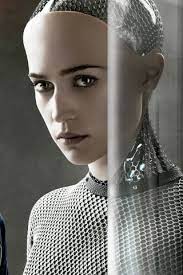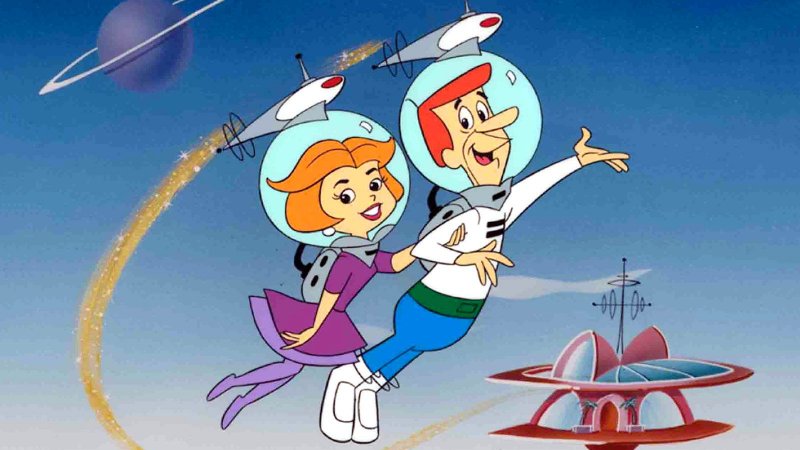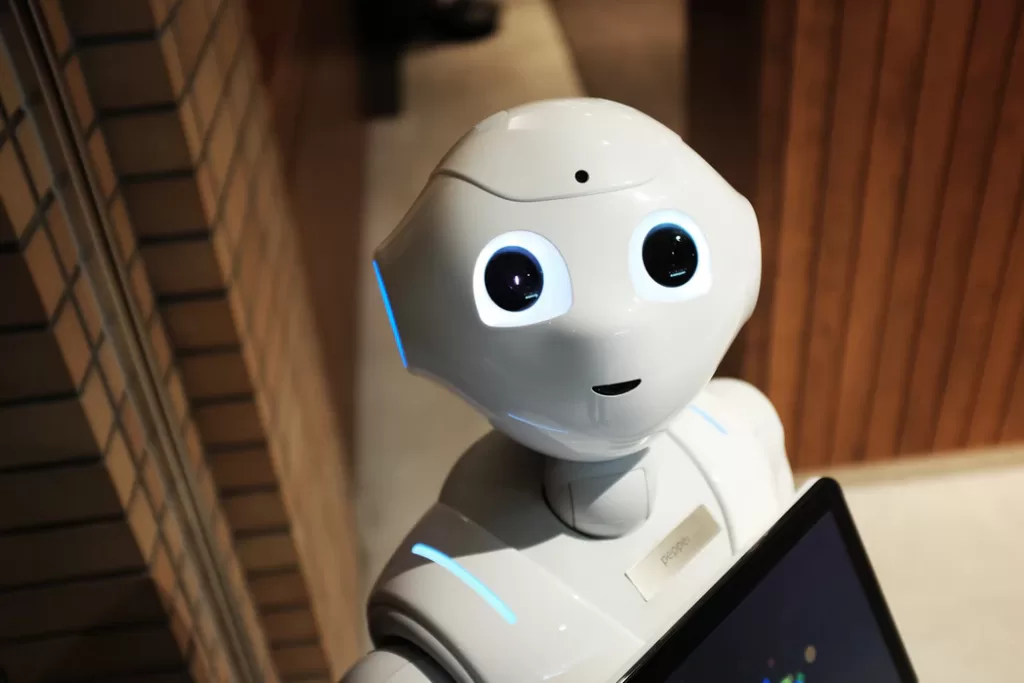Are you curious about what the future holds in terms of job opportunities? As technology continues to advance at a rapid pace, new professions are emerging that were once only seen in science fiction movies. In this article, we will explore six fictional jobs that may soon become a reality in the near future.
Mars Explorer
Humankind has been flirting with the idea of colonizing the red planet for a while now. SpaceX, Elon Musk’s enterprise, is determined to send a crew to Mars, for example. The two major governmental space agencies – NASA and ESA – are also pondering the idea.Yes, deadlines keep shifting, and there have been total failures like Mars One. But it’s still unlikely that humankind will give up the dreams of landing a crew on Mars.
So, if being a part of a Mars mission sounds like your dream job, you still have plenty of time to obtain the training needed for it. Who knows, maybe you’ll be among the few selected individuals to study Mars, just like in The Martian.
Artificial Intelligence Tester
Artificial intelligence (AI) and robotics have already entered the age of unprecedented growth and development. Yes, the Sophia robot still gives off some creepy vibes. But it’s within humankind’s grasp to create a humanoid robot indistinguishable from a real person.
Enter the Turing Test. It’s essential in proving that a machine is capable of independent thinking and matching human intelligence. A machine passes this test if the tester can’t distinguish between it and a real person.
A variation of the test was featured in Ex Machina. The film’s protagonist was tasked with figuring out if Ava could pass as a human in terms of thought processes and consciousness.
The protagonist of Blade Runner, on the other hand, had a different goal. He had to find replicants (androids that look and behave like humans) hiding in plain sight.
Whatever the goal might be, this job will inevitably be in demand (once scientists achieve this level of sophistication in their robotic creations, of course.)
What’s more, this new career field – being the human component of the Turing Test – will forever be safe from automation. How about that for job security?
Body Hacking Specialist
Cybernetic implants, like in Cyberpunk 2077 and Black Mirror (“The Entire History of You” episode), aren’t pure science fiction anymore. In fact, Kevin Warwick implanted an RFID transmitter into his body back in 1998!
For now, the whole ordeal of cybernetic implants remains the domain of self-experimentation. Yet, commercial body hacking isn’t that unlikely to become a reality. After all, if the population demands something, there will be companies ready to swoop in and provide a supply for it.
To make mass-market cybernetic implants a reality, companies will need to create a variety of new positions. They’ll be involved in everything – from implant conception and creation to testing and their insertion into a human body.
Machine Learning Trainer

Speaking of Black Mirror, if you’ve seen the “White Christmas” episode with Jon Hamm, you’ll probably remember that his character’s job was to train “cookies” – intelligent personal assistant programs.
There’s good news and bad news here. The good news is, there’s already a career that involves training machine learning algorithms.
Machine learning is already a huge industry valued at $6.9 billion. The job market for specialists in this domain is blooming, too.
The bad news is, it doesn’t work the way Black Mirror showed it (yet). Machine learning scientists don’t sit and talk to the program to teach it. In fact, their duties involve “feeding” the program with data sets of inputs and, sometimes, desired outputs. It’s a lot of programming instead of talking.
But scientists continue to have outstanding breakthroughs in the field. So, who knows – maybe, machine learning like in Black Mirror will become prevalent.
Human Genome Engineer

With the invention of CRISPR, the premise of Gattaca, a classic film from 1997, is within humankind’s grasp. CRISPR is a technology that works akin to copy-pasting in a word processor, except that instead of editing a text, scientists can tweak human DNA.
For now, it’s unclear how far they’ll be able to go with this technology. Governments are harsh in restricting experiments involving humans due to ethical concerns.
Yet, that’s not to say they are fully off-limits. MIT researchers succeeded in using CRISPR to edit human embryos’ DNA in 2017.
Still, it’s completely safe to say human genome editing has a promising future. It’ll help eradicate genetic diseases and, perhaps, push the human body beyond its numerous limitations. Whether it’ll take off or not, though, remains to be seen.
Emotion & Behavior Programmer
In case you haven’t seen the Westworld TV series yet, here’s the premise. Westworld is a wild-west-themed park populated by hosts – humanoid robots indistinguishable from real people.
Bernard Lowe, one of the main characters of the series, is in charge of programming emotions and behaviors in hosts.
Of course, humanoid robots have long been a point of interest for AI and robotics specialists. Apart from pure amusement, such robots can become companions for isolated elders or nurses at hospitals.
To achieve this level of sophistication, scientists also need to understand how to give a robot its own personality. This is where emotion and behavior programmers, like the fictional Bernard Lowe, would come in.
In Conclusion
In conclusion, the future of work is constantly evolving, and new opportunities are emerging in fields that were once considered fictional. As technology continues to progress, these six jobs may soon become a reality, providing exciting career prospects for those willing to adapt and innovate in this ever-changing landscape. Are you ready to embrace the future of work and explore these fascinating career paths?


